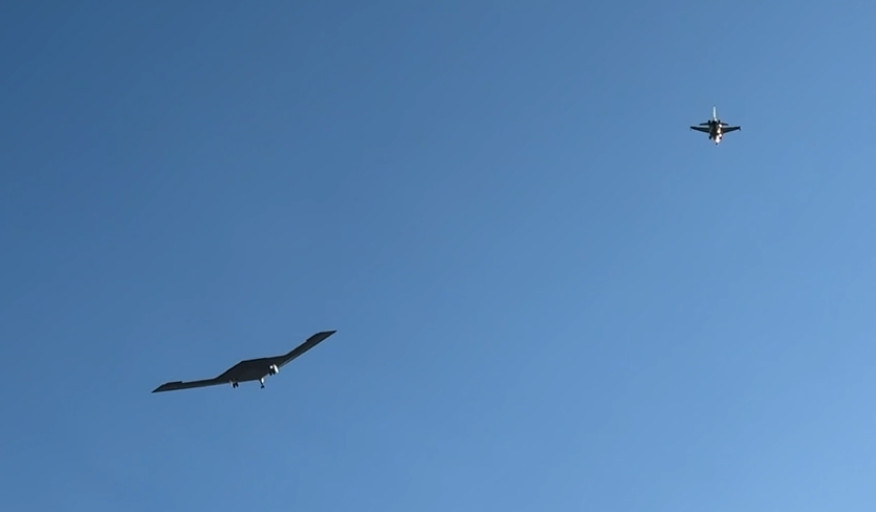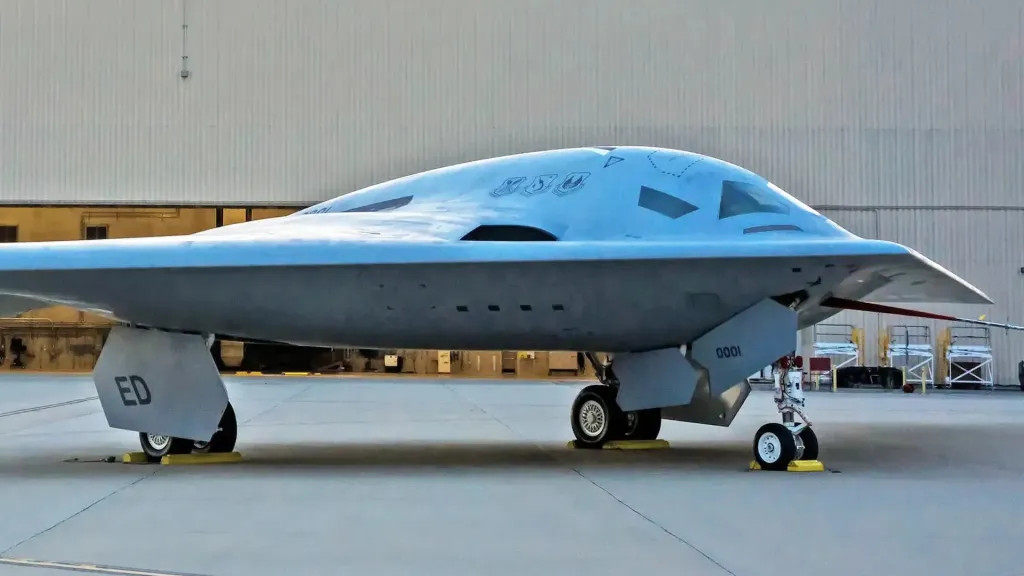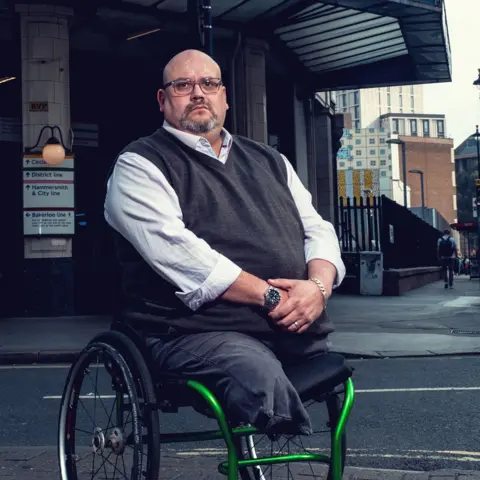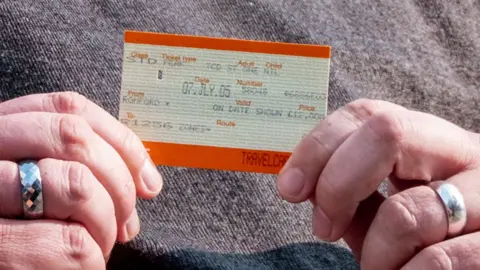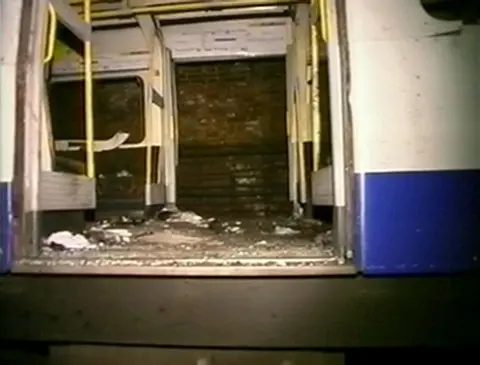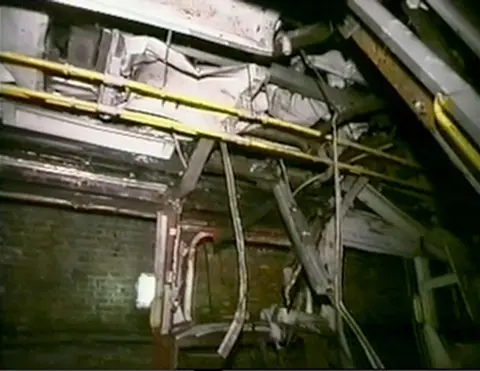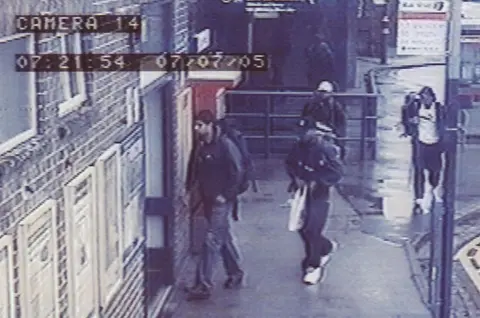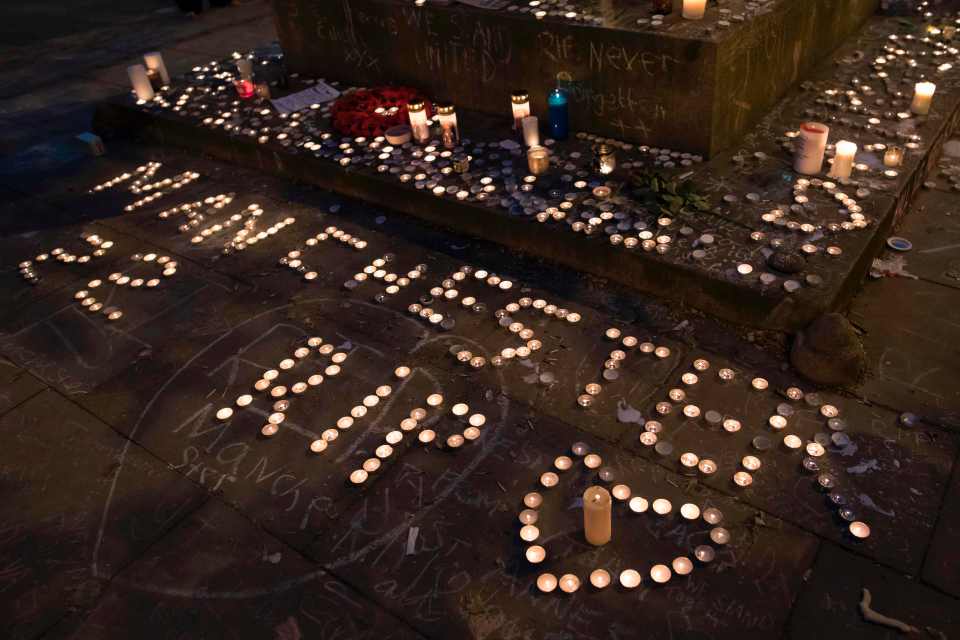Second B-21 Raider Stealth Bomber Has Flown (Updated)
A video has emerged that shows the maiden flight of a second pre-production B-21 Raider stealth bomber. Since July, U.S. Air Force officials have been openly talking about their hope to have two B-21s flying ‘soon.’
Jarod Hamilton, who also specializes in low-level aircraft photography, shared the footage of the B-21 taking off from the Air Force’s Plant 42 in Palmdale, California, at around 8:00 AM local time. The video, seen below, shows the bomber continuing to fly with its landing gear down, which is indicative of initial flight testing. The Raider does lack the air data probe and trailing cone that were seen when the very first B-21 flew back in 2023. An F-16 chase plane is also seen flying alongside.
“We [a group of plane spotters outside Plant 42] saw the B-21 roll out and then it sat there and we waited for it,” Hamilton told TWZ. “We heard the engine noise and thought maybe they were doing taxi tests. But when the F-16 showed up, I knew.”

“It was incredible,” he said of seeing the Raider take off. “The sound, the power, I’ll never forget.”
Hamilton said he did not know how long the flight may have lasted, but tracked it for a few minutes until it was out of sight. The bomber may have flown to Edwards Air Force Base, which is also in California and currently hosts the B-21 Combined Test Force.
TWZ has also reached out to the Air Force for confirmation and further details.
The first of six pre-production B-21s also made its maiden flight in November 2023 from Plant 42 and subsequently moved to Edwards. The Raider’s prime contractor, Northrop Grumman, is building the bombers at Plant 42, which is a major hub for advanced and often classified aerospace development work.

“So this is an event-based process, based on the test team, the contractor, [and] the program office. I believe it [the first flight of the second B-21] will happen by the end of the year, but we’re not going to ever give them an artificial date that they have to make if it doesn’t bring the test program along to where they need to be,” Air Force Lt. Gen. Andrew Gebara said during a virtual talk hosted by the Air & Space Forces Association’s Mitchell Institute for Aerospace Studies in August. “We’re going to proceed as we can, efficiently, effectively, and with a sense of urgency, but we’re also going to be event-based.”
“That’s really been the secret sauce to the B-21 right now, is no undue pressures. Let them do what they’re doing, and they’ll get us the world’s best aircraft here,” Gebara, who is currently Deputy Chief of Staff for Strategic Deterrence and Nuclear Integration, added at that time.
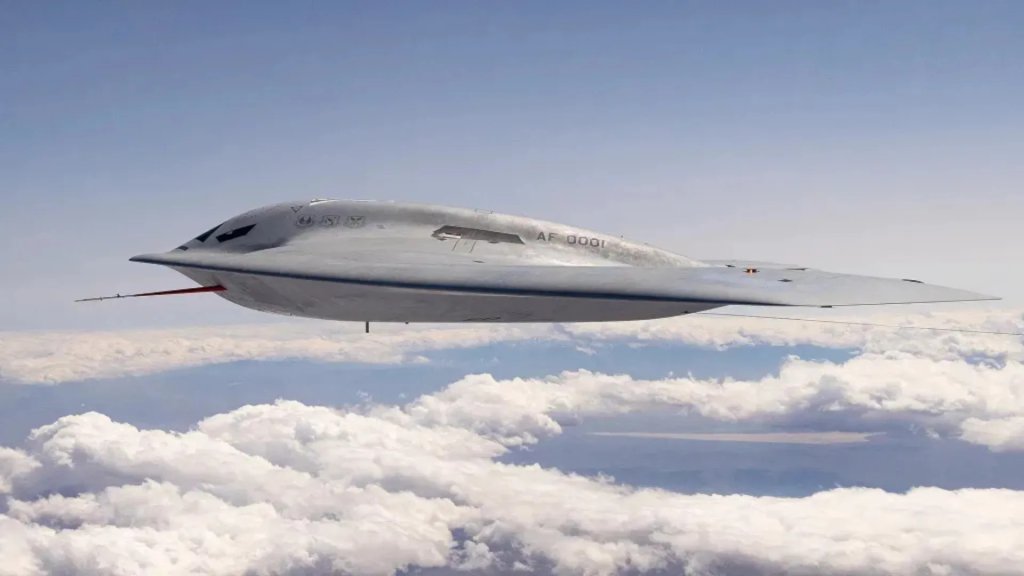
A second B-21 could make its first flight “shortly,” Air Force Gen. Thomas Bussiere, head of Air Force Global Strike Command (AFGSC), had told Air & Space Forces Magazine in July. The service had previously told that outlet that its goal was for a pair of B-21s to be in flight testing in 2026. Northrop Grumman has also delivered at least two non-flying airframes to help with the test campaign.
Getting another B-21 into the air is an important new step forward for the Raider program that will allow for the further expansion of testing efforts. As of September 2024, the first flying B-21 was said to be making around two sorties every week from Edwards Air Force Base.
“The B-21 [program] is producing, its results-oriented in flight tests, basically on time, [and] basically on budget,” Gen. Gebara also said last month.
As it stands, the Air Force’s goal is to begin fielding the B-21 operationally before the end of the decade. The service also plans to buy at least 100 of the bombers, though that figure is increasingly expected to grow, as you can read more about here.
In the meantime, the Air Force’s current fleet of flying B-21s has now grown to two.
Update: 1:55 PM Eastern –
Jarod Hamilton has kindly shared additional still images from today’s B-21 flight from Palmdale with us.




Update: 3:35 PM Eastern –
The U.S. Air Force has now confirmed the first flight of the second B-21 and that the bomber has arrived at Edwards Air Force Base.
“With the arrival of the second B-21 Raider, our flight test campaign gains substantial momentum,” Secretary of the Air Force Troy Meink said in a statement. “We can now expedite critical evaluations of mission systems and weapons capabilities, directly supporting the strategic deterrence and combat effectiveness envisioned for this aircraft.”
“The addition of a second B-21 to the flight test program accelerates the path to fielding,” Air Force Chief of Staff Gen. David Allvin also said in a statement. “By having more assets in the test environment, we bring this capability to our warfighters faster, demonstrating the urgency with which we’re tackling modernization.”
“The B-21 Raider program represents a cornerstone of our strategic nuclear modernization,” Allvin continued. “The concurrent efforts in testing, sustainment preparation and infrastructure investments clearly illustrate our commitment to providing unmatched capabilities to deter and defeat threats well into the future.”
An Air Force press release highlights the value of adding a second flying bomber to the B-21 Combined Test Force, as TWZ already noted.
“The addition of the second aircraft expands the Air Force’s testing capabilities beyond initial flight performance checks, enabling progression into critical mission systems and weapons integration testing phases. This advancement marks a significant step toward operational readiness of the nation’s sixth-generation stealth bomber,” according to the release. “The presence of multiple test aircraft at Edwards AFB also provides Air Force maintainers invaluable hands-on experience in managing simultaneous aircraft sustainment operations, testing the effectiveness of maintenance tools, technical data and the logistical processes that will support future operational squadrons.”
“Concurrent with the expanded flight-testing effort, fiscal year 2026 will see the launch of extensive military construction projects at all three designated B-21 main operating bases,” the release adds. “Ellsworth AFB, S.D., the first base set to receive operational B-21 aircraft, is already progressing rapidly on numerous infrastructure projects to ensure readiness when the aircraft arrive.”
Northrop Grumman has also put out its own press release following today’s first flight of the second B-21, which it described as “robust.”
“The next phase of flight test moves beyond flight performance and into the weapons and mission systems that make B-21 an unrivaled stealth bomber. An enhanced software package will demonstrate how Northrop Grumman will deliver seamless upgrades to the B-21 fleet, ensuring its mission capability and weapons evolve to outpace any threat,” the company’s release explains. “The flight test expansion complements a robust ground test campaign that includes multiple B-21 aircraft. Engineers have rigorously tested the B-21 to certify it can fly in the most extreme mission conditions and are demonstrating the B-21’s durability by simulating lifetimes of flight conditions. These test results continue to consistently outperform digital modeling predictions, reinforcing confidence in the B-21’s performance and progress.”
“Northrop Grumman is preparing the Air Force to operate and maintain the B-21 through its advanced training and sixth-gen fleet management tools. The company is developing comprehensive training capabilities – to include high-fidelity, full-motion simulators, immersive labs and virtual spaces – as part of the Air Force’s Formal Training Unit at Ellsworth AFB, South Dakota. Northrop Grumman is creating training content and devices for future pilots, weapons loaders, maintainers and support personnel to operate the world’s most advanced aircraft,” it continues. “Future Air Force maintainers will use the B-21 Fleet Management Tool Northrop Grumman is developing today for the aircraft’s sustainment and maintenance activities. Already equipped with flight test and performance data and informed by decades of sustainment experience across a variety of systems, the Fleet Management Tool will keep the B-21 mission ready for the American warfighter.”
Special thanks again to Jarod Hamilton for sharing the new imagery of the B-21 flying from Palmdale today with us.
Contact the author: [email protected]
